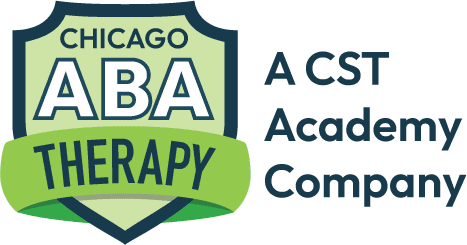Prompting is a fundamental concept in Applied Behavior Analysis (ABA) therapy, an evidence-based approach primarily used to support individuals with Autism Spectrum Disorder (ASD). Prompting involves providing assistance or cues to encourage the correct response or behavior from the individual. It is a vital tool used by therapists to teach new skills and reinforce desired behaviors while gradually fading out the support to promote independence.
Types of Prompts
Understanding the different types of prompts is crucial for effective implementation in ABA therapy. Prompts can vary in their level of intrusiveness, ranging from the least to the most invasive forms of assistance. The main types include:
- Verbal Prompts: These involve spoken instructions or cues. For example, a therapist might say, “Pick up the toy” to encourage a child to engage with a specific object.
- Gestural Prompts: These are non-verbal cues, such as pointing or nodding, to guide the individual towards the desired behavior. A therapist might point to a chair to indicate where a child should sit.
- Modeling Prompts: In this method, the therapist demonstrates the desired behavior. For instance, the therapist might show how to brush teeth, expecting the child to imitate the action.
- Physical Prompts: This involves physically guiding the individual to complete a task. For example, a therapist might hold a child’s hand to help them write their name.
- Visual Prompts: These include pictures, written instructions, or any visual aids that can help the individual understand what is expected. A schedule with pictures can be a helpful visual prompt for daily routines.
- Positional Prompts: Adjusting the environment or the positioning of objects to naturally encourage the desired response. For instance, placing a desired toy within easy reach to encourage the child to grab it.
The Prompt Hierarchy
The prompt hierarchy is a structured system used to determine the least to most intrusive prompts necessary to elicit the correct response. It usually follows this order:
- Independent: No prompt is provided. The individual attempts the task on their own.
- Visual: Using visual aids or positional changes.
- Verbal: Providing verbal instructions or cues.
- Gestural: Non-verbal gestures to indicate the desired action.
- Modeling: Demonstrating the behavior to be imitated.
- Partial Physical: Minimal physical assistance.
- Full Physical: Hand-over-hand guidance or complete physical assistance.
Fading Prompts
Prompt fading is the gradual reduction of assistance as the individual becomes more proficient in the desired behavior. The goal is to encourage independence by slowly removing the prompts. Effective prompt fading strategies include:
- Least-to-Most Prompting: Starting with the least intrusive prompts and increasing assistance only if necessary.
- Most-to-Least Prompting: Beginning with more intrusive prompts and gradually reducing them as the individual learns the behavior.
- Time Delay: Introducing a delay between the prompt and the expected response, giving the individual an opportunity to respond independently.
Importance of Prompting in ABA Therapy
Prompting plays a critical role in ABA therapy by:
- Facilitating Learning: Prompts provide the necessary support to help individuals learn new skills and behaviors effectively.
- Building Confidence: By ensuring successful responses, prompts can boost the individual’s confidence and motivation.
- Promoting Independence: Through systematic fading, prompts help individuals achieve greater independence in performing tasks and behaviors.
- Reducing Frustration: Appropriate prompting can reduce frustration and anxiety by making tasks more manageable and less overwhelming.
Implementing Prompting Strategies
Effective implementation of prompting strategies involves:
- Individualized Approach: Tailoring the prompting strategy to the unique needs and abilities of the individual.
- Consistency: Applying prompts consistently across different settings and caregivers to reinforce learning.
- Data Collection: Monitoring progress through data collection to adjust prompting strategies as needed.
- Collaboration: Working with a team of therapists, caregivers, and educators to ensure a cohesive approach to prompting and fading.
Challenges and Solutions
While prompting is highly effective, it can present challenges such as:
- Prompt Dependency: The individual may become reliant on prompts if not faded appropriately. Solution: Implement a structured fading plan.
- Inconsistent Use: Inconsistent prompting across different settings can hinder progress. Solution: Ensure consistent training and communication among all caregivers and therapists.
- Over-Prompting: Providing too much assistance can impede learning. Solution: Use the prompt hierarchy to provide the minimal necessary support.
Conclusion
Prompting is a powerful tool in ABA therapy, essential for teaching new skills, reinforcing desired behaviors, and promoting independence. By understanding the various types of prompts, implementing a structured prompt hierarchy, and employing effective fading strategies, therapists can maximize the benefits of prompting while minimizing challenges. Through consistent and individualized prompting approaches, individuals with ASD can achieve significant progress in their developmental and behavioral goals.








